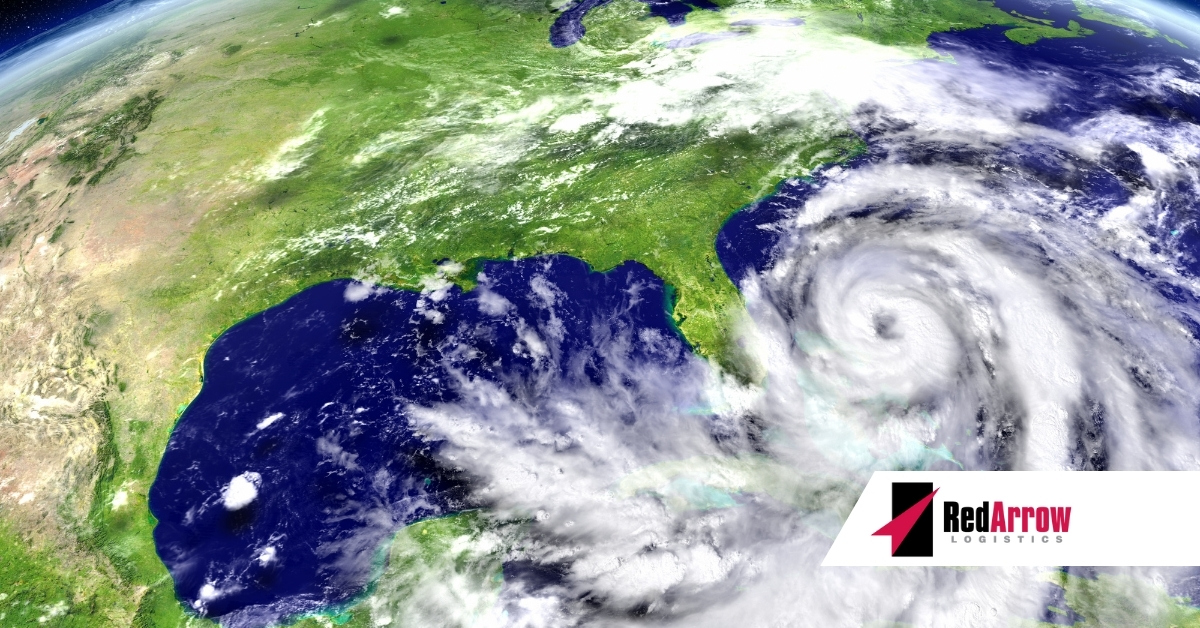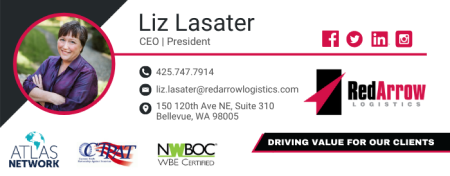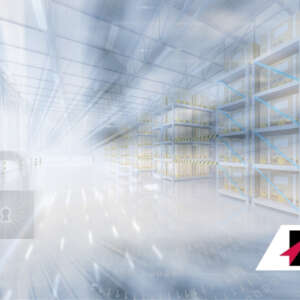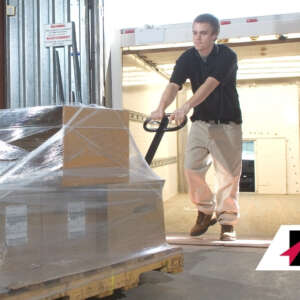Hurricane season is in full swing, and it is expected that this year will bring above-normal storm activity. In order to prevent disruptions to your supply chain, it is recommended to have a plan in place. With supply chains being leaner than in previous years, they are particularly vulnerable to unpredictable disasters like a hurricane. A risk mitigation strategy will protect the supply chain from such events.
What You Need to Know About Hurricane Season
Hurricane season runs from June 1 through November 30 and affects mostly the East and Gulf coasts of the U.S. but can hit the lower Pacific region as well. Even a Category 1 storm can do enough damage to impact supply chain operations. Although your business may not be in the typical path of hurricanes, it could be affected by other natural disasters like tornados, earthquakes, or wildfires. Or your suppliers or clients may be hit by a hurricane which can disrupt the supply chain.
Protecting Against Hurricanes
While Mother Nature certainly cannot be controlled, there are several ways to protect against hurricanes and other natural disasters.
Create a Plan: Having a plan in place for hurricanes and other events allows your business to adapt to changes as they occur. The plan should include a designated contact for shipping updates and changes, alternative routes for transportation in case of road closures, and pallet-level tracking to give real-time updates in the event of a storm. Even if your business location is not in the direct path of a hurricane, your suppliers or final destinations of your goods might be, so it is key to consider a few different scenarios.
Insurance: Proper insurance protection is important. Reviewing property, business continuation coverage, and flood insurance is a good way to make sure that your physical assets are protected should an event occur. Policies should be revisited annually or anytime a business has a location change to make sure the correct amount of coverage is applied.
Diversify the Supply Chain: With some commodities in short supply this year, it is wise to have multiple suppliers in different locations that can meet your needs. Sourcing activities can be divvied up among several suppliers to protect the business against disruptions should one or two suppliers go down. When a hurricane strikes, you can easily switch to another supplier that was not affected by it. There are costs involved, however, in having multiple suppliers so that must be considered as well.
Maintain Inventory: Inventory levels can be used to manage supply chain disruptions. The size of the stockpile must be in relation to the anticipated frequency of the event. For example, a company located in a hurricane-prone area may want to keep more inventory on hand during those months to safeguard against a shortage. The inventory must be located in an area that puts it out of risk from the hurricane.
Have Backup Suppliers: In order to protect against supply chain failure, a backup supplier can reserve production capacity in case of a disruption. This strategy may be more cost-effective for some companies as compared to having multiple suppliers at all times because it only takes effect when needed. The backup supplier should be located in a different area from the standard ones if possible for further supply chain protection against a hurricane.
Ensure Visibility: Real-time tracking is vital when a storm hits so goods can be located. Technology such as a TMS (transportation management system) can give visibility to the entire supply chain and help navigate disruptions to find alternatives that will still protect shipments and get them delivered.
Improve the Supply Chain: A strong supply chain can withstand disruptions better than one with weak links. Stress testing the operations and creating scenarios and processes to mitigate them can identify areas that need to be strengthened. The supply chain will be better prepared for a real event.
Supply chain risk mitigation strategies can serve as a competitive advantage when a hurricane strikes. Shippers need to have business continuity plans in place so their business can recover quickly after a natural disaster occurs.
Your Trusted Partner
At Red Arrow Logistics, we provide expertise and white glove customer service with fast-growing, complex, and high-value supply chains. As the next-generation model of logistics companies, we offer tailored transportation and logistics solutions — from single shipments to complex over-dimensional and international orders.
Red Arrow offers the scale and scope of services including air, ocean, and ground transportation to meet the budget and schedule requirements of the largest and smallest companies alike. If we can be of assistance, please email us at info@redarrowlogistics.com or give us a call at 425-747-7914.





